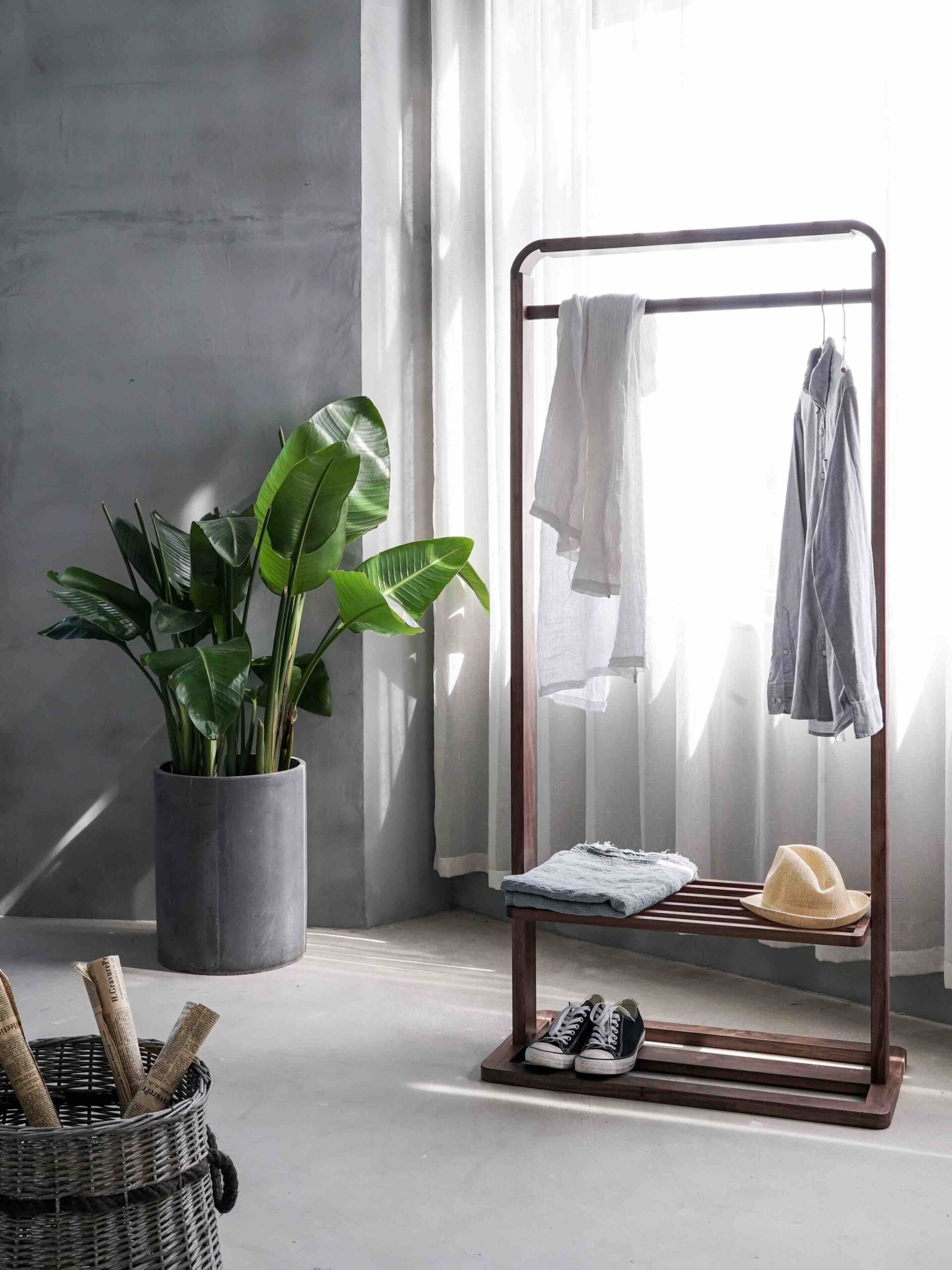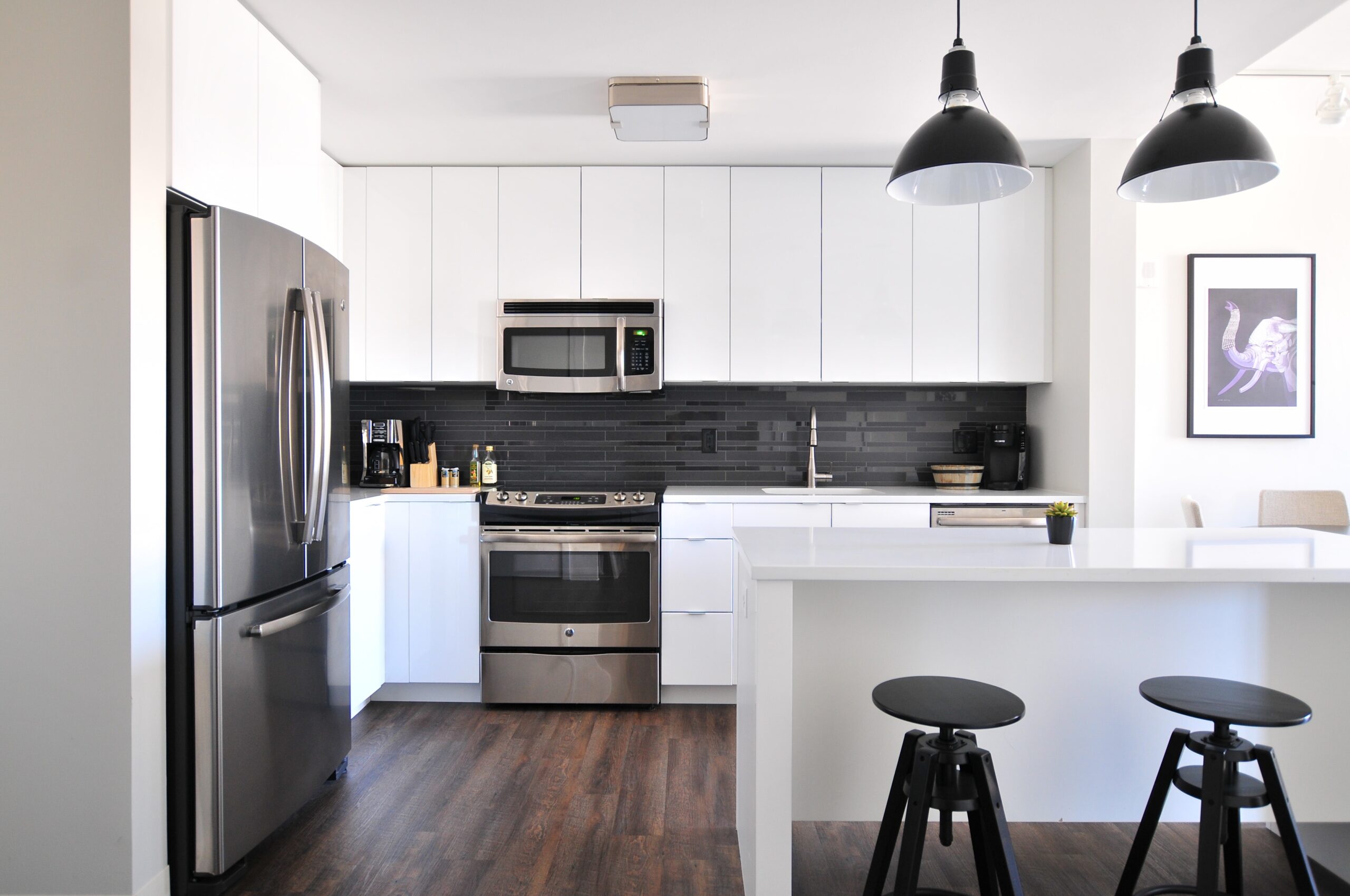Interior design plays a crucial role in creating aesthetically pleasing and functional spaces. It is the art and science of enhancing the interior of a building to achieve a healthier and more aesthetically pleasing environment for the people using the space. There are three primary types of interior design, each with its own unique characteristics and principles. In this article, we will explore these three types and gain a better understanding of their differences and applications.
1. Traditional Interior Design
Traditional interior design is a timeless and classic style that draws inspiration from various historical periods. It embraces rich colors, ornate details, and luxurious materials. This style often features symmetrical arrangements, elegant furniture, and intricate patterns. Traditional interior design creates a warm and inviting atmosphere, with a focus on comfort and familiarity. It is perfect for those who appreciate a sense of history and a touch of elegance in their spaces.
2. Modern Interior Design
Modern interior design, also known as contemporary design, is characterized by clean lines, minimalism, and simplicity. It embraces open spaces, natural light, and a sense of functionality. This style often features neutral color palettes, sleek furniture, and uncluttered layouts. Modern interior design aims to create a sense of calm and simplicity, with an emphasis on form and function. It is ideal for those who prefer a clean and uncluttered aesthetic.
3. Transitional Interior Design
Transitional interior design is a blend of traditional and modern styles. It combines the elegance and sophistication of traditional design with the simplicity and functionality of modern design. This style often features a neutral color palette, a mix of classic and contemporary furniture, and a balance between formal and informal elements. Transitional interior design creates a harmonious and comfortable space, with a focus on creating a seamless transition between old and new. It is perfect for those who appreciate the best of both worlds.
While these three types of interior design have distinct characteristics, it is important to note that they are not mutually exclusive. Many designers incorporate elements from different styles to create unique and personalized spaces. The choice of interior design style ultimately depends on individual preferences, the purpose of the space, and the desired atmosphere.
Whether you prefer the timeless elegance of traditional design, the sleek simplicity of modern design, or the seamless blend of transitional design, the key is to create a space that reflects your personality and meets your needs. A well-designed interior can enhance your quality of life and create a space that you truly love.

